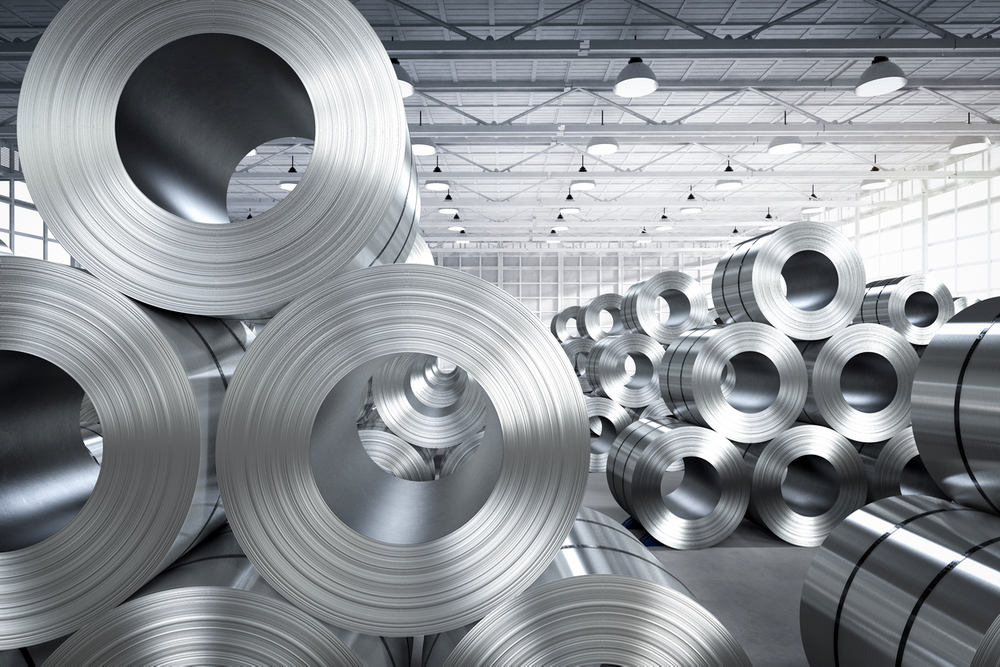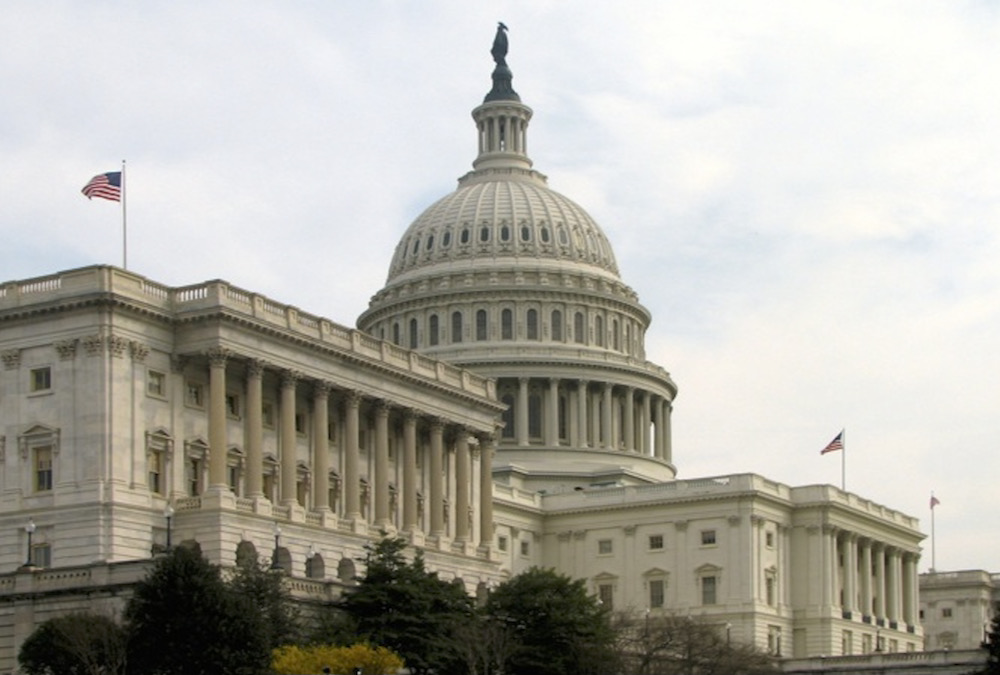I’m not sure what’s happening in Canada but in the States, the steel and aluminum tariffs the U.S. put on Canada are not being mentioned at all. A search of the media stories does not show anything much up in Canada either. How can it be that something that important between two neighbours is escaping everyone’s attention?
We actually emailed the office of the U.S. Trade Representative and they confirmed negotiations were going on.
Of course, down here the negotiations with China are using up all the oxygen. The prospect of person-to-person meetings between officials in both Washington and Beijing increased the attention.
Read Also

Mycoplasma bovis in beef cattle causes more than pneumonia
M. bovis causes pneumonia and is a major cause of infectious arthritis in calves and feeder cattle
American businessmen, and especially its farmers and ranchers, have been willing to endure a certain amount of short-term pain in order to gain better long-term trade deals worldwide. But they have a right to expect that U.S. negotiators will move as quickly as possible to get a deal and then pull any tariffs imposed as negotiating tools as soon as possible.
Canadian businesses don’t have any say on the beginning of this process but they do have a right to see the end to the pain when the process finishes — especially if they have been promised relief.
It would appear from the understanding of multiple sources that the U.S. promised Canada and Mexico that if they signed the new NAFTA treaty, the steel and aluminum tariffs (25 per cent and 10 per cent, respectively) would go away. However, that hasn’t happened. Reportedly, discussions have centred around replacing the tariffs with quotas — that haven’t been high enough, at least for Canadian negotiators. But the Trump administration shouldn’t have promised the tariffs would go away if they intended to negotiate deals on removal of those tariffs.
Commerce Secretary Wilbur Ross said as early as June 2018 that once a new “revitalized” NAFTA was in place, the tariffs would “logically” go away.
U.S. Trade Representative Robert Lighthizer told a Senate hearing in July 2018 that once NAFTA was resolved, “we would expect, or hope, that we would resolve the steel and the aluminum issues with both Mexico and Canada.”
Before that, in March 2018, President Trump tweeted that “tariffs on steel and aluminum will only come off if new and fair NAFTA agreement is signed,” (“Trump’s Broken NAFTA Promise,” Wall Street Journal, 12/27/2018.)
Canada’s list of retaliatory tariffs from last summer numbered 229, amounting to over $12 billion in goods and services. Both Mexico and Canada do their homework on which member of Congress voted against them the last time or what industry in a key politician’s district is a legitimate target. For instance, slapping tariffs on bourbon not only penalizes the large majority of the bourbon industry headquartered in Senate Majority Leader Mitch McConnell’s state, it also gives an advantage to Canadian-produced whiskey such as Crown Royal.
Canada is the largest source of foreign steel into the U.S. There are certain types of steel it supplies that few American mills produce. Cutting into the supply means steel and aluminum prices in the U.S. have gone up. Various steel restrictions have added $400 to the price of a car, according to the auto industry.
President Trump has a well-known tendency to exaggerate, to overstate his case, to brag a bit. But we are not used to him forgetting a promise. Something’s up, and it’s not just the price of steel. A couple of White House tweets have noted how the tariffs have benefitted American workers.
It’s been noted that the tariff deals negotiated with South Korea set their quota at a level equal to 70 per cent of their shipments in recent years. Canada is fighting to get a higher quota than that.
It’s been speculated that the aluminum tariffs could just be lifted but the U.S. wants to protect its steel industry from a big influx of cheap foreign steel. In fact, the USMCA countries are said to be discussing an agreement that would combat the dumping of cheap metals from China, something that has angered all three nations in the past.
Both politicians and businesses down here have put pressure on the administration to get rid of these tariffs. American industrial manufacturers and labour unions that use those foreign metals, members of Congress from border states and cabinet officials like Treasury Secretary Steven Mnuchin and chief economist Larry Kudlow have been looking to see the end of the tariffs. A group of nearly 40 U.S. industry groups made up of manufacturers, retailers and farmers sent a letter asking for the removal of the tariffs in late November.
President Trump has made it a point to aggressively protect certain American workers, using some short-term tactics like tariffs that we don’t expect him to retain long-term. Let’s hope the negotiators get things done and end this chapter of American-Canadian conflict soon.
















